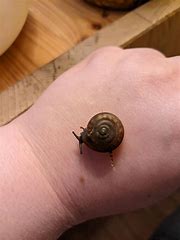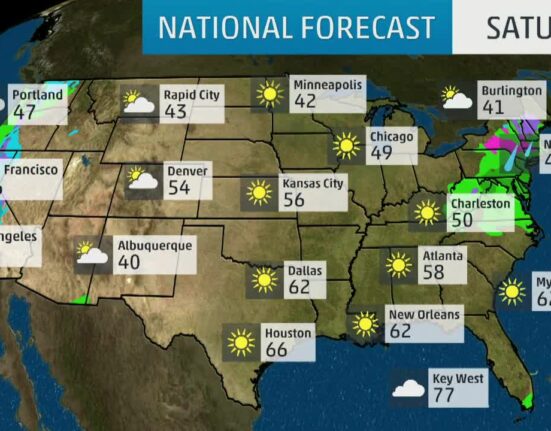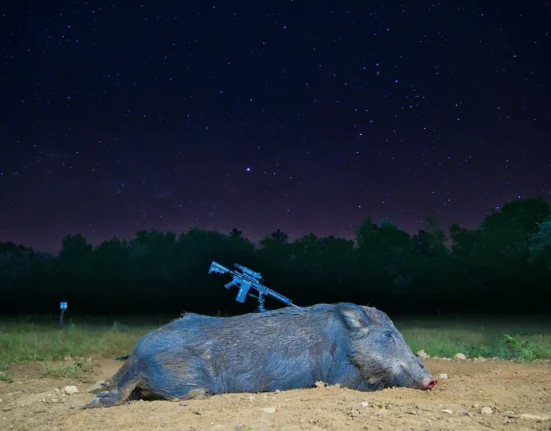Snails, those seemingly slow and slimy creatures, have a secret sex life that has captivated researchers and conservationists alike. Imagine discovering an aphrodisiac that sparks the love life of a rare species of Norfolk Island snail, once thought to be extinct. This fascinating revelation unfolded at Taronga Zoo Sydney, where a breeding program successfully revived Campbell’s Keeled Glass-Snail from near oblivion.
Toilet rolls and PVC pipes failed as breeding stimulants for these unique snails. However, the magic ingredient turned out to be sterilised palm fronds. These unassuming materials played a crucial role in boosting the population of Advena campbellii from a mere 15 to a thriving 800 in just four years.
“In all the years that we’ve had them here at Taronga Zoo, not once has any keeper really seen them mating,”
shared Tarryn Williams Clow, senior keeper at Taronga Zoo.
“We think maybe once we got a glimpse, but they’re very private little snails.”
Dr. Isabel Hyman, a research scientist at the Australian Museum, shed light on the intriguing mating habits of these hermaphroditic creatures. She explained how snails exchange sperm during mating and detailed the diverse methods employed by different species for reproduction.
The journey to revive this nearly extinct species began with Dr. Hyman’s identification of photos from Norfolk Island showcasing these elusive snails. Subsequent efforts led to the establishment of a successful breeding program aimed at creating an insurance population for these precious gastropods.
“It was a steep learning curve to figure out how to care for the snails,”
admitted Williams Clow regarding their initial challenges in nurturing the delicate creatures. From premature births due to stress to mastering their unique resting patterns like aestivation—where they retreat fully into their shells—the keepers faced numerous hurdles on this conservation journey.
After much trial and error, including failed attempts with another species called Advena suteri, the team discovered that palm fronds were key to stimulating breeding behavior among Advena campbellii. The transition back to their natural habitat on Norfolk Island involved meticulous planning and collaboration with park rangers and project partners.
“We tried everything from PVC pipes to toilet rolls,”
remarked Williams Clow about their creative endeavors before finding success with palm fronds as essential elements in nurturing these special snails.
As plans unfold for releasing 600 bred snails back into the wild on Norfolk Island after quarantine measures are completed, Dr. Hyman highlighted ongoing threats faced by native snail populations such as land clearing and invasive predators like rats and feral chickens.
The story of these enigmatic creatures not only unveils their hidden world of reproduction but also underscores the importance of conservation efforts in safeguarding Earth’s diverse wildlife treasures.









Leave feedback about this